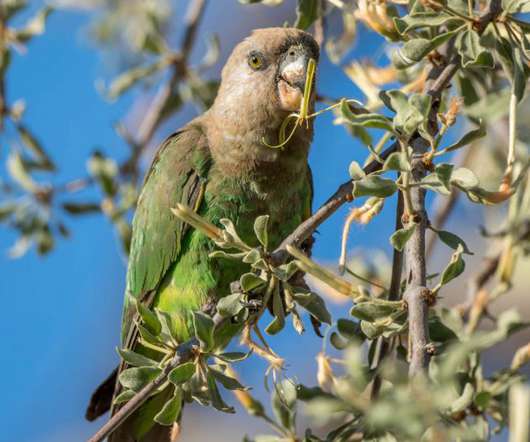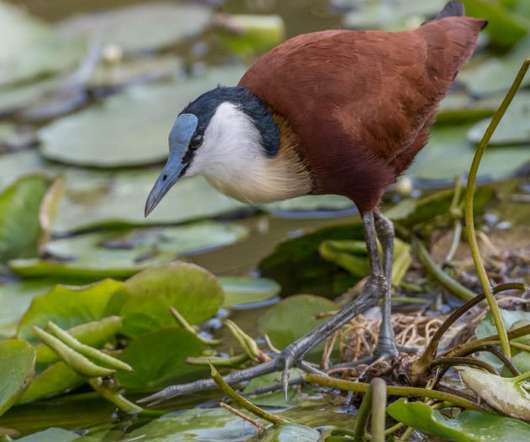Birding the Kruger Park (2): Bateleur area
10,000 Birds
JULY 21, 2022
Medicinal and commercial uses of ostrich products in Tanzania. Studies on improving ostrich egg hatchability. Also, I learned that in the US , ostrich eggs are priced at $40-$75. Each fresh egg weighs 4 pounds and is the equivalent of 24 chicken eggs. . Here are a few examples: The Ostrich Communal Nesting System.












Let's personalize your content